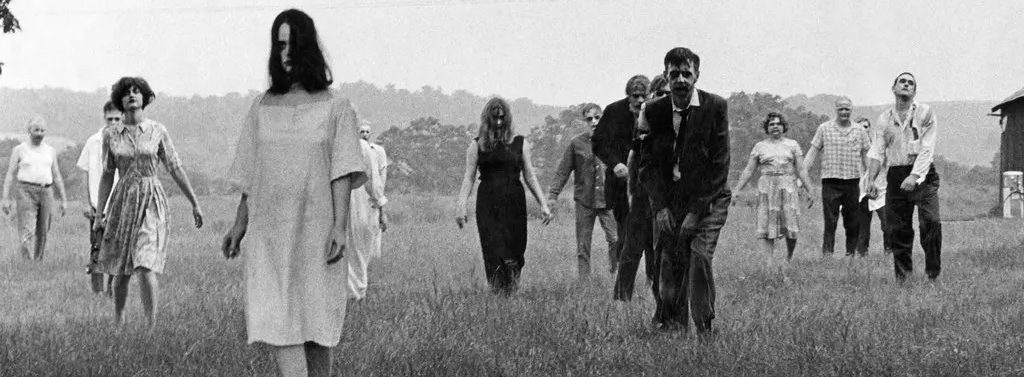More than any movie we’ve seen so far this semester, The Exorcist relies on the explicit permeability of the body. A demon possesses Regan; she loses bladder control; puss oozes out of facial wounds; writing erupts on her torso; blood pours from her mouth while she spider-walks down the stairs; she attacks herself sexually with a crucifix. Even statuary is turned bloody and pornographic in the film. In what way do you think viewers react differently to this kind of intense body horror than they do to other kinds of horror-inducing techniques that we’ve discussed?
3 thoughts on “Exorcist 2–Body Horror and Grossout”
Leave a Reply
You must be logged in to post a comment.

While other horror techniques typically induce fear in the form of suspense and the unknown, the vulgarity of body horror produces disgust. In the context of horror movies like the exorcist, I think disgust functions as a form of fear by forcing its audiences to witness these repulsive acts and perhaps invites them to imagine the pain of explicit body horror themselves. I believe this puts the audience into the shoes of the character who is experiencing body horror more directly than other types of horror films because pain, even when imagined or witnessed, is extremely uncomfortable. I would argue that the idea and feeling of pain is more repulsive, and produces a very different kind of fear, than suspense. In this way, rather than feeling anxious for the characters, the audience feels intense aversion to the horror the characters are experiencing, in the form of that particular type of embodied fear.
I think the whole theme surrounding body horror is to make viewers uncomfortable. Body horror shows the most grotesque things that can be produced from our bodies. Knowing that we are capable of such actions is disturbing. In the film, having a 12-year-old depicting such horrific body horror evokes a strong sense of discomfort. An innocent girl is distorting her body in an unfamiliar and horrifying way that is shocking and uncomfortable. The fact that she is doing this to herself (well the demon is) shocks viewers because again, she was just an innocent girl and now the most horrifying characteristics are appearing. Also, body horror can be a reminder of the disease and inevitable deterioration that occurs before or during death. The film ultimately brings a sense of fear towards one’s own body and what the body is capable of when we lose control through body horror.
I think body horror does a particularly good job of horrifying viewers by reminding people of the real, physical mortality of our own human bodies through violent extremes. Body horror is grotesque, usually inflicted upon a films more innocent characters, and is often connected to the actions or effects of a monster or some other inhuman force which also allows for it to breach the space of the uncanny. Body horror, when achieved through less human means tends to garner feelings of deep disgust, discomfort, and horror due to the extreme strangeness of the violence being inflicted. In the exorcist, Regan (a child, adding to the viewers discomfort) is subjected to brutalization at her own hand, which she no longer has control over. She has lost control over her actions and her bodily functions, she mutilates herself repeatedly, and is left with numerous visible wounds and lesions on her face and body. In the context of the movie, these horrors are related to her possession, but in the real world these bodily afflictions are incredibly scary to have happen to oneself or loved ones. Her experiences are not dissimilar to the experiences of those who are nearing the end of their life due to old age or illness, or of those with the desire to end their own life. The body horror of the Exorcist parallels some of the saddest and scariest situations we can experience in our own lives, particularly those in which we are often discouraged from talking about.